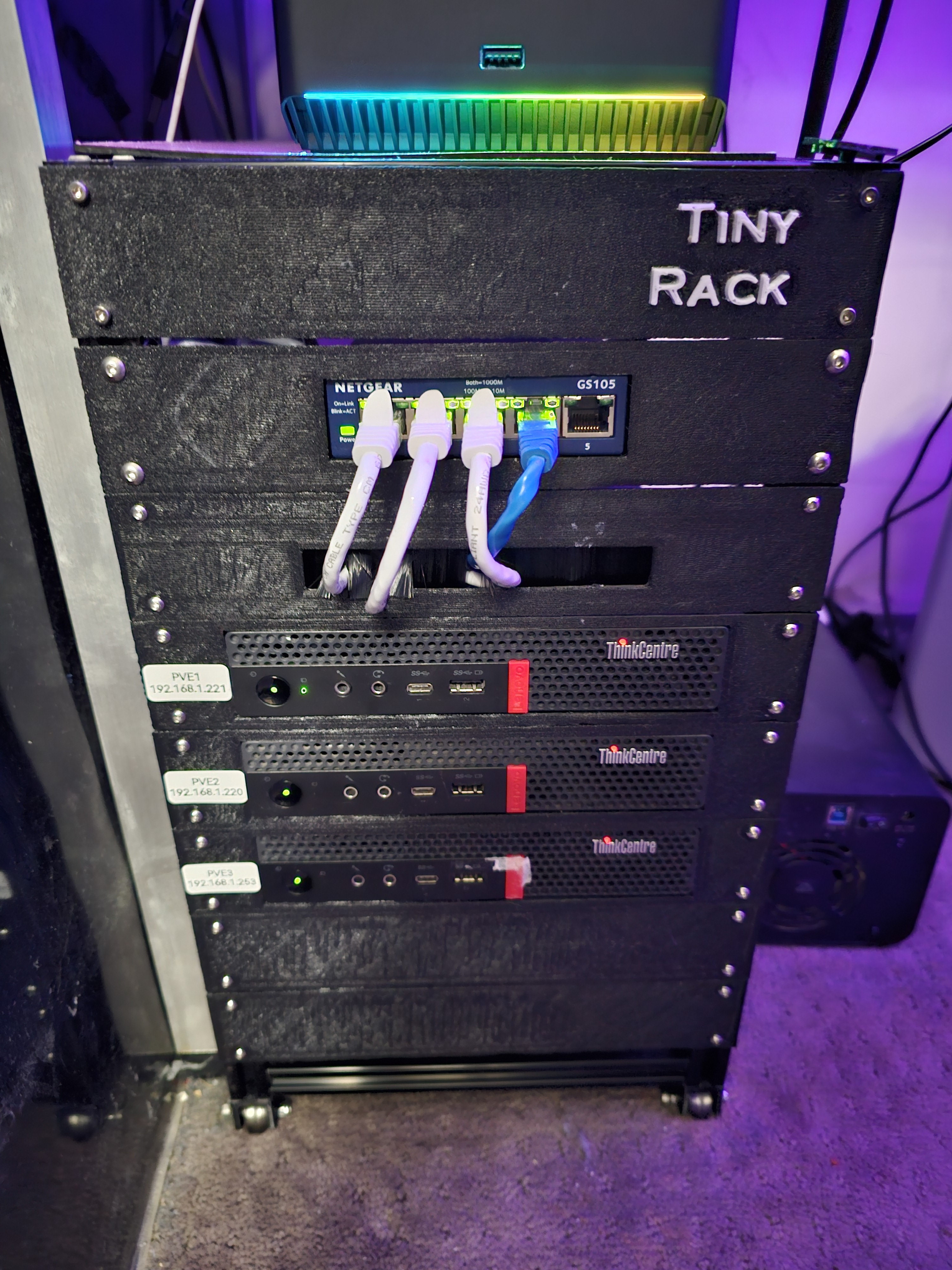Why would you need an expensive switch for CF tunnels??
It bypasses the switch and forms a tunnel directly to the machine and you don’t need to change any configuration on the switch
Both options can expose any service as long as the machine has internet



I do vaguely remember something about it getting changed, but yeah, as you said unless you’re sharing it with a bunch of people, it’s probably not enough to trigger anything on their side anyway
I think theres a nice variety of methods out there now that there’s no “one right way” to do it which I think is great compared to just a few years ago where your only real options were a reverse tunnel or CloudFlare tunnels